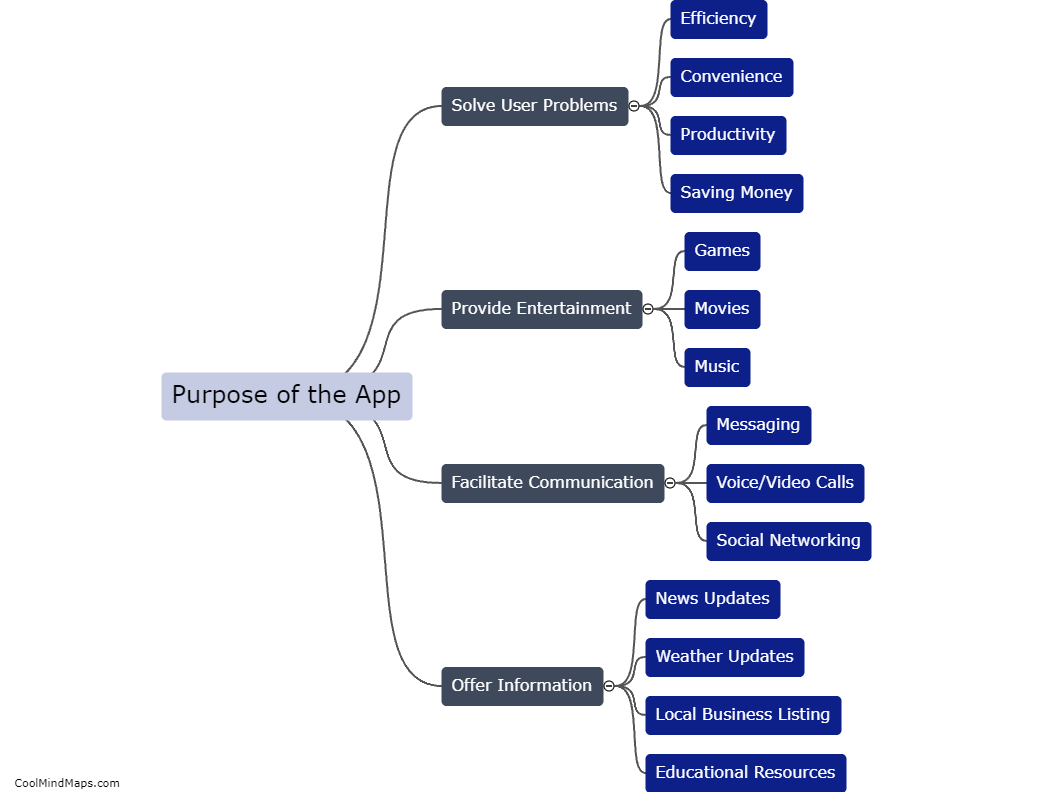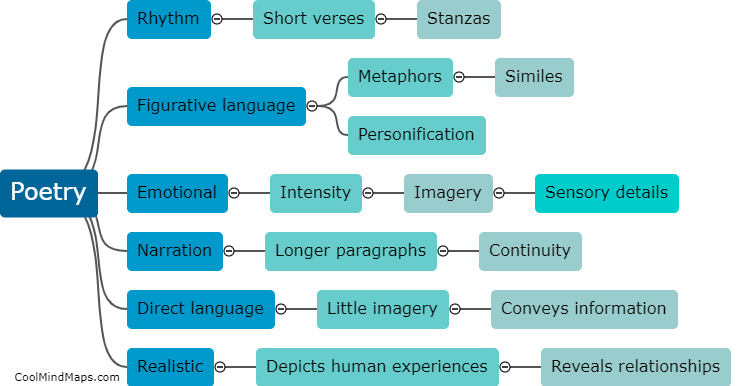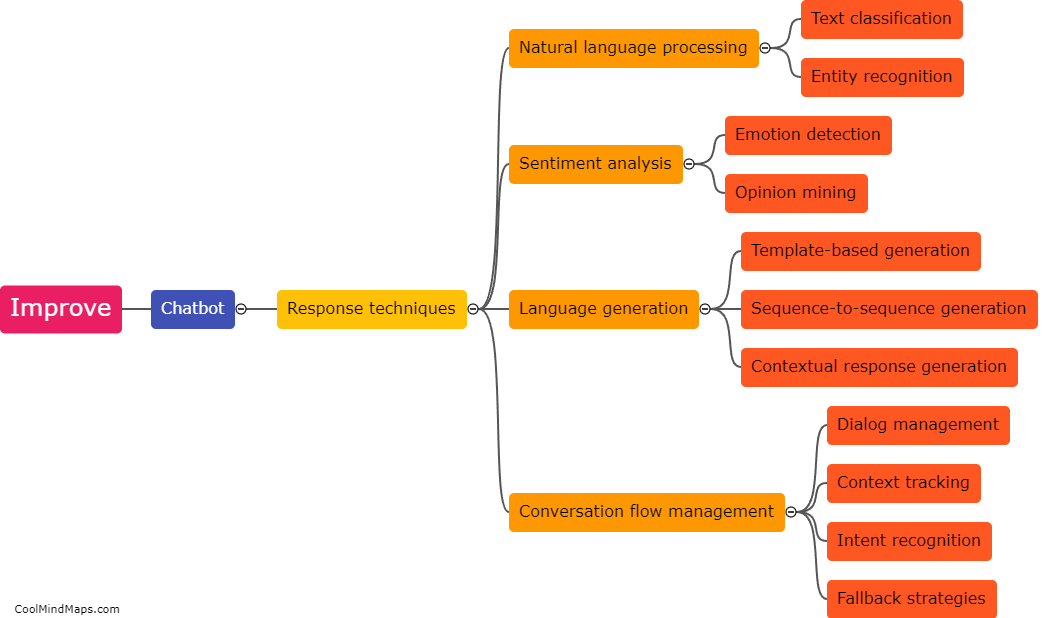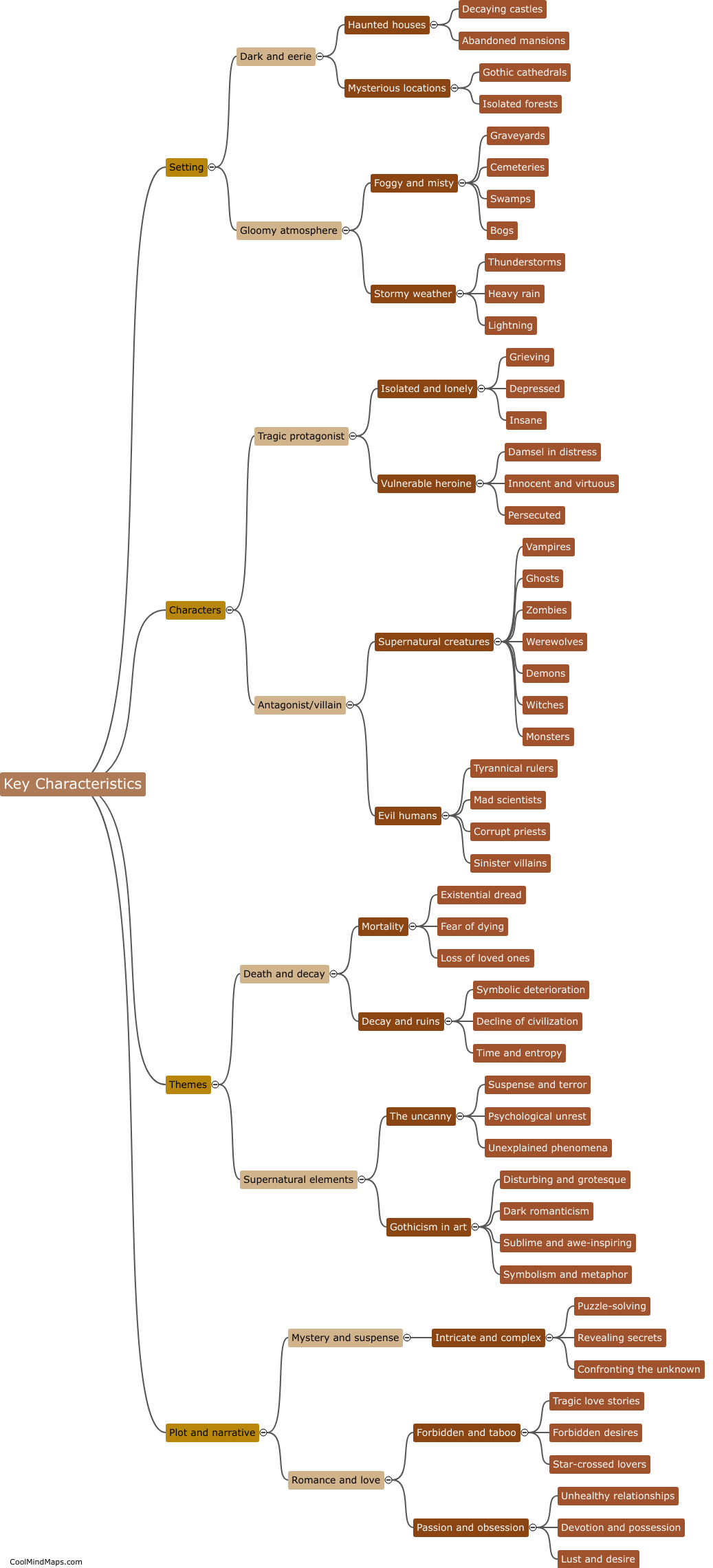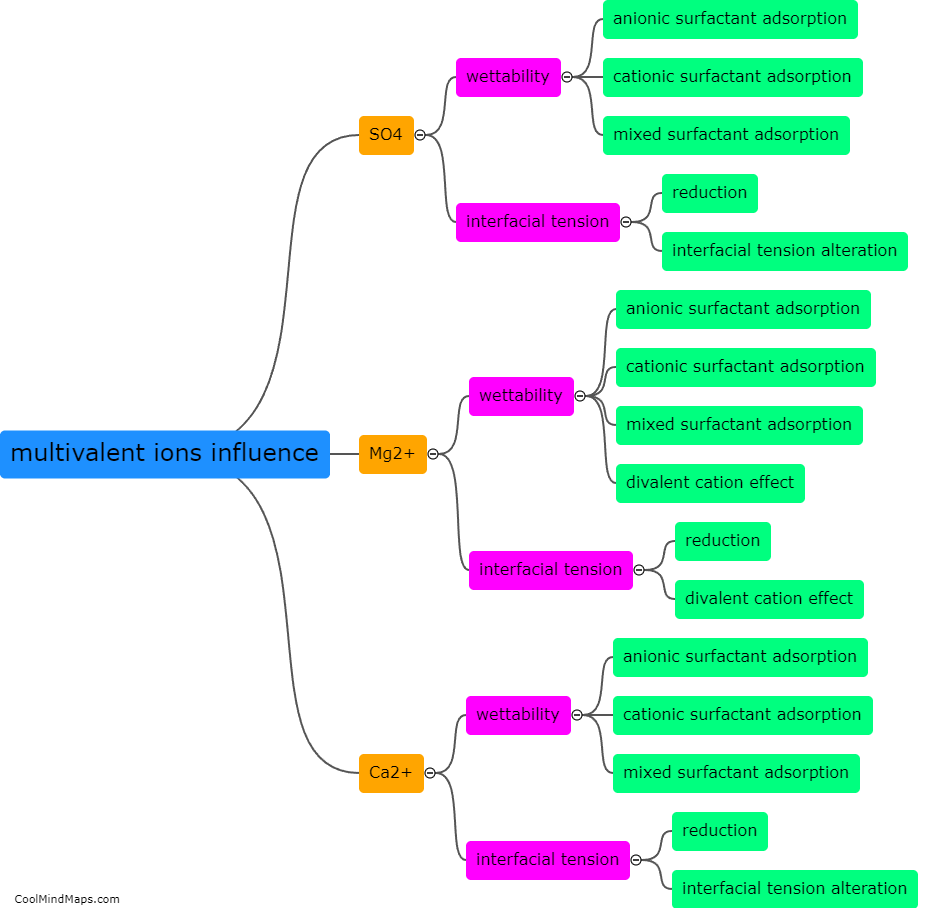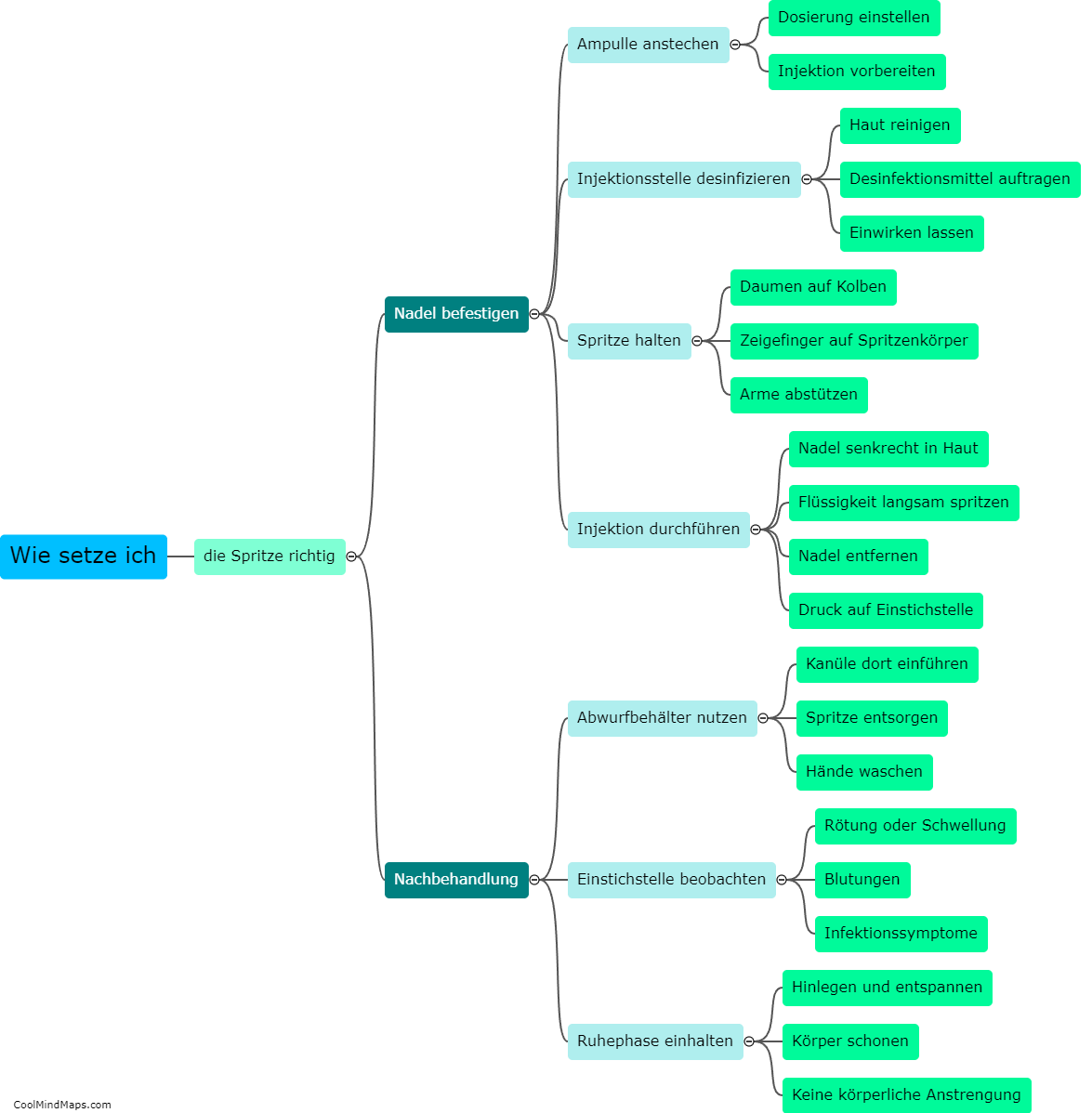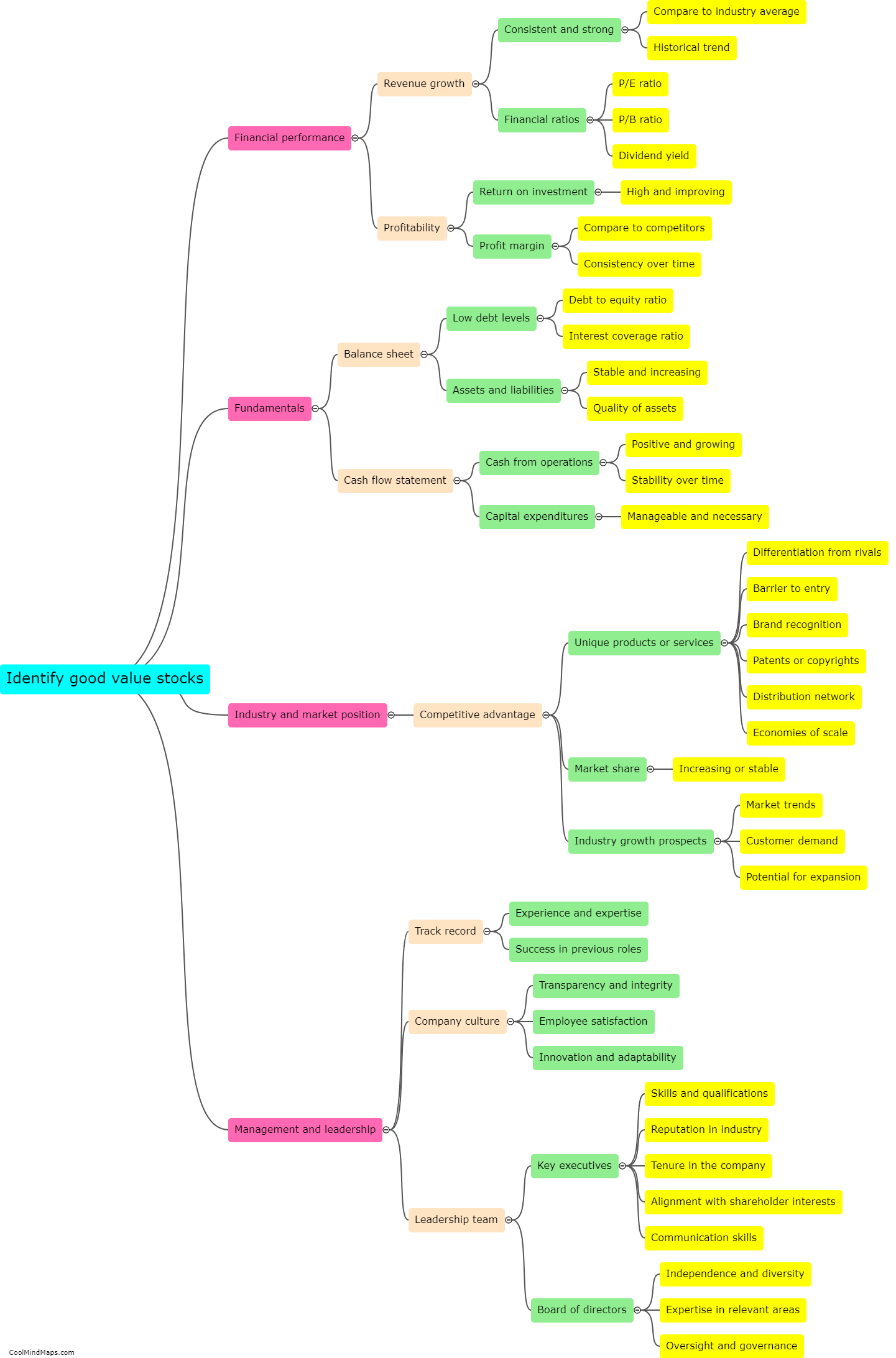Definition of low salinity water flooding
Low salinity water flooding refers to a technique in enhanced oil recovery (EOR) where low salinity water is injected into an oil reservoir in order to improve oil recovery rates. In this method, the salinity of the injected water is deliberately reduced to levels significantly lower than the formation water present in the reservoir. The rationale behind low salinity water flooding is that the injected water interacts with the reservoir rock, altering wettability and surface chemistry, leading to improved oil displacement and recovery. The process has gained attention in recent years as a promising EOR strategy due to its potential for economic and environmental benefits.
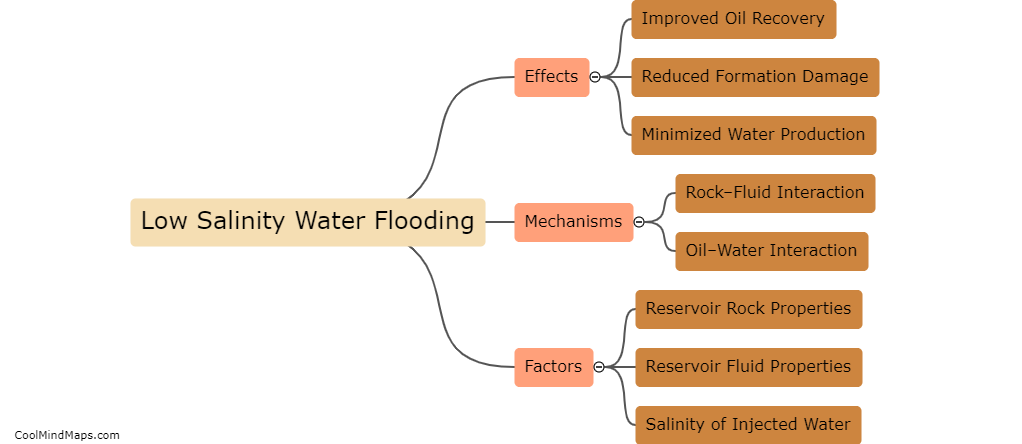
This mind map was published on 15 December 2023 and has been viewed 99 times.
